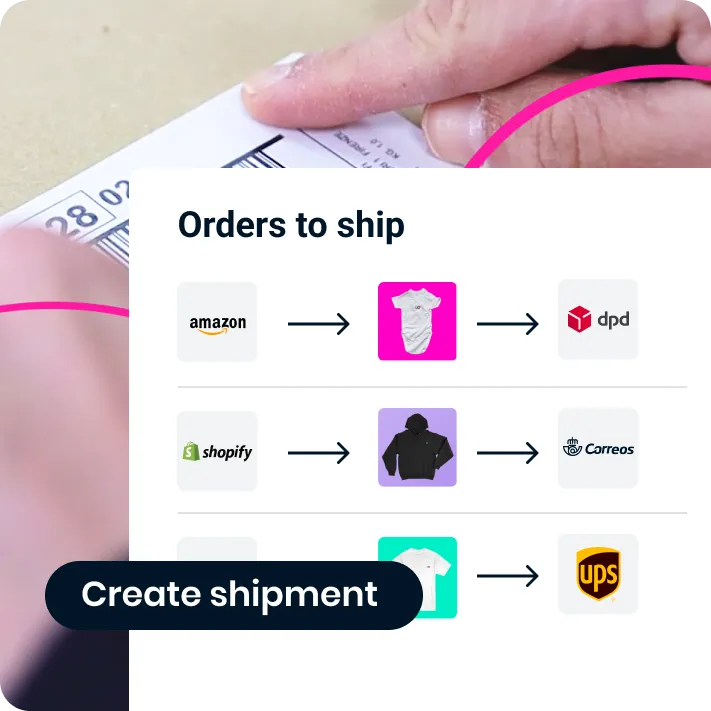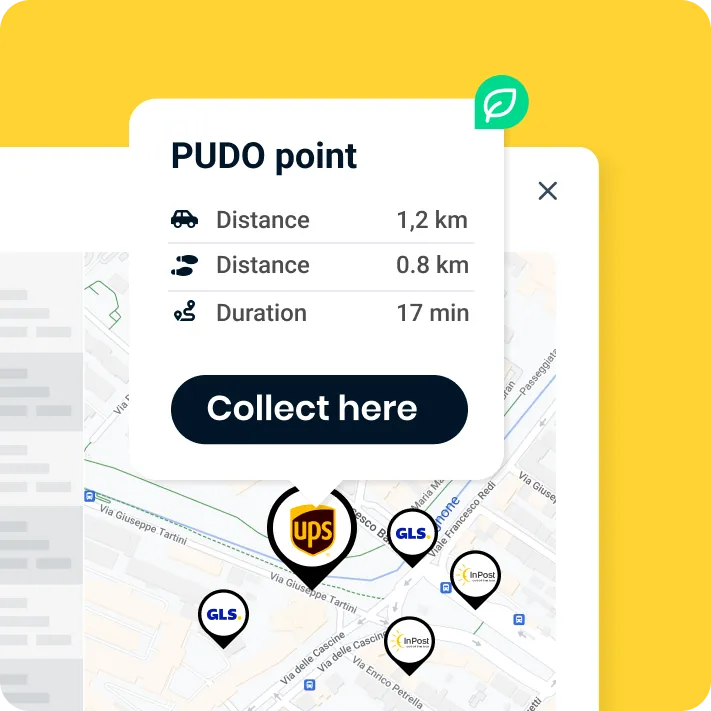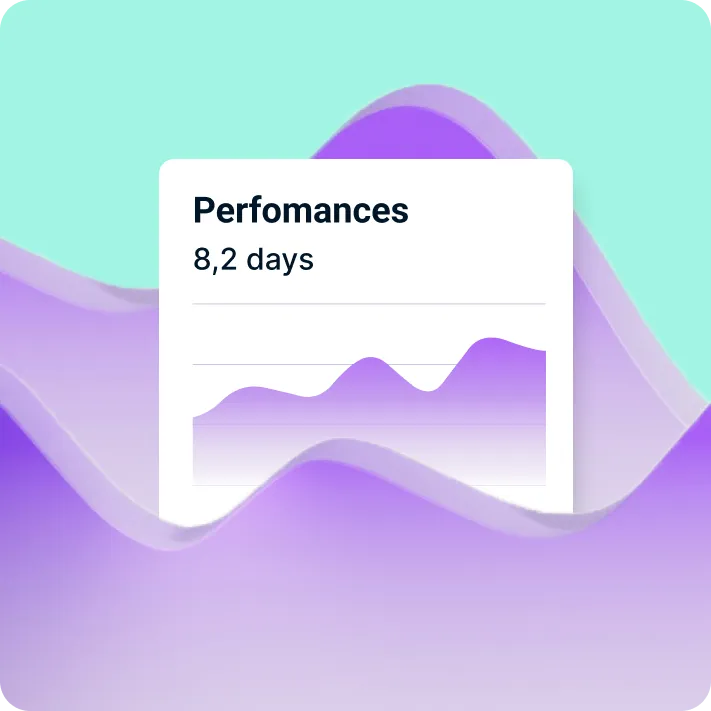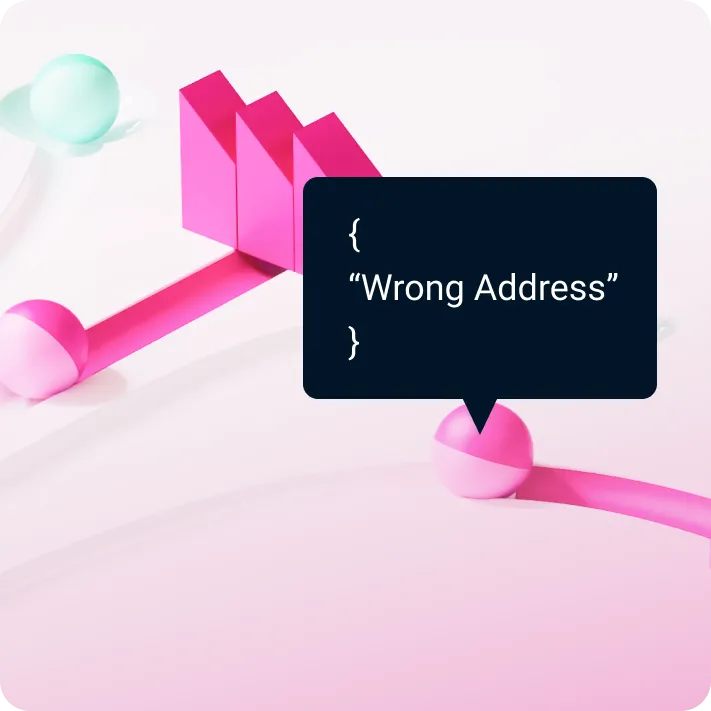5 Tipps zur Verbesserung der Conversion Rate deiner Checkout (Englisch)
In order to grow your business, it’s important to generate search engine traffic and keep new users coming to your website. Today we are going to reveal 5 Ecommerce optimization tips to improve your checkout conversion rate.
Appearing on search engines like Google is an important way for new consumers to find your business.
However, it’s not enough to simply appear in a Google search because the average web user won’t look past the first five listings on a search engine results page.
According to our studies, even the seventh result on Google gets only 3.5% of the total search traffic so a spot in the first few Google results is an extremely valuable asset to your company.
It’s worth it to do the research and make updates to your e-commerce site to get the highest ranking possible.
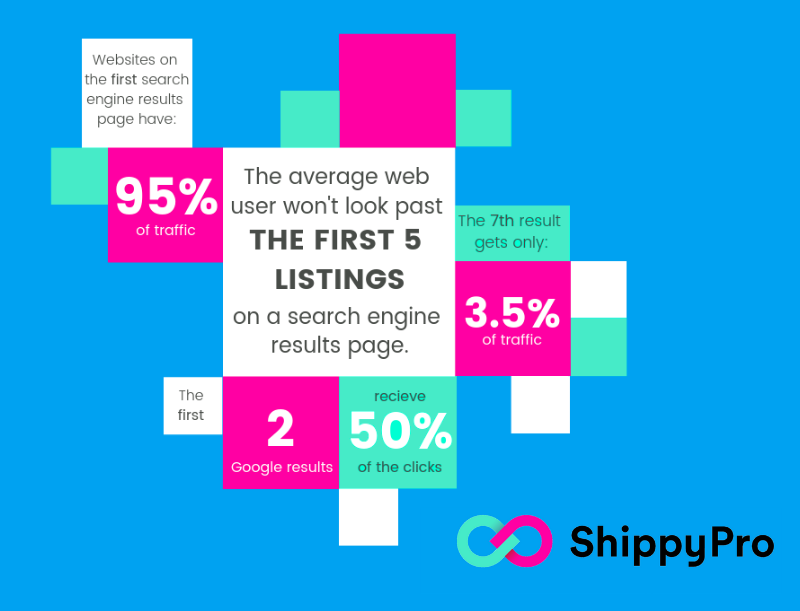
However, optimizing your ranking on Google is no simple task. It can feel a never-ending puzzle. It’s difficult, complex, and sometimes feels like guesswork. With our 5 concrete e-commerce optimization tips you can:
- Learn the most valuable spaces on your webpage according to Google
- Make your product page more user-friendly
- Gain higher search traffic
Improve the Conversion Rate of Your Ecommerce Product Page: 5 Optimization Tips
Search engines are an exceptional source of opportunity, but also hide some critical issues that you can not underestimate. Online you can find hundreds of guides on how to optimize the pages of your site, but not all of them adapt to the relevance of an ecommerce.
In this section I want to offer you 5 easy tips with which you can increase the conversion rate of your product pages shortly, getting really amazing results:
- Meta Tags optimization
- User metrics focusing
- Headings structure
- Feature lists
- Cross Links
Let’s go into more details.
Optimize Meta Tags
To make your product page more searchable, be sure to create informative meta tags. Meta tags are website descriptions that help search engines understand the content on a page. They appear on Google as the text description below the webpage title.
Google pulls the source code from meta tags. Since meta tags carry so much importance in terms of search engine ranking, be sure to have a really attractive title tag and meta description. Your title tag and meta description should break down: what the product is, the benefits of it, and why people should buy it.
Make sure you include the main keywords of your product within the title tag and meta description.

Focus on User Metrics
When a consumer comes to your web page and bounces back in a short period of time, that tells Google that they didn’t find what they’re looking for. This will cause your Google ranking to go down.
It’s important to ensure that the homepage is enticing and has everything the customer needs. For an e-commerce site, we recommend displaying your best selling products on the homepage as the default option for general queries.
That way, customers are more likely to find what they’re looking for right away. Your best selling products may change throughout time so be sure to monitor your sales analytics to stay up to date. Additionally, be sure to have easy-to-use links and drop down menus on the top of all webpages.
Customers should be able to easily navigate to anything they might need on the first page they click on.
Headline Structure
Search engines give high value to the words in your webpage’s headings and subheadings when ranking the website. The words you use in your headings will be recognized as keywords by Google.
The h1 tag, your largest heading, should contain your target keywords and be closely related to your title and content. It should describe the product as a keyword within the page to help you rank higher.
The subheading, or h2, should contain similar keywords to reinforce the h1. As headings increase in number, they decrease in importance so prioritize h1, h2, and h3.
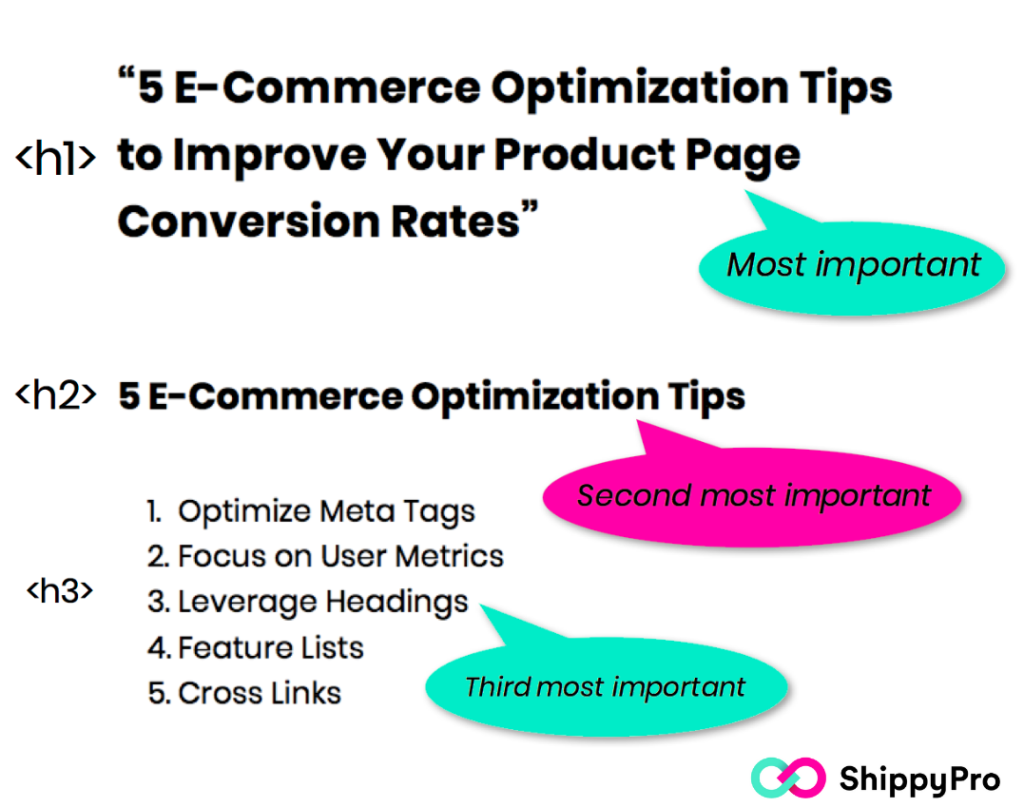
Feature Lists
To boost your product page be sure to include an easy to read feature list. People often Google features when they’re looking for products, so the words in a feature list are valuable keywords for your Google ranking.
Providing bullet point features will help customers to know what they’re going to get. The more user-friendly and helpful a website, the higher Google will rank it so be sure to include everything the customer would need.
This includes high quality images, videos, reviews, product details, text descriptions, etc. An informative product page and a thorough feature list will drive more search traffic and boost conversions.
Cross Links
One of the most useful tools you can include on your page is a link to relevant content. This gives users easy access to products and keeps them engaged with your content.
For example, if you include links to related products, items the customer might like or product add-ons, the customer’s shopping process becomes simpler and they may click through multiple pages within your site.
As an added bonus, cross linking helps Google index more of your product pages. Search engines place a high value on users interacting and clicking through multiple links on a page.
Successful cross links will boost your search engine rankings. With higher search traffic, you’ll get more users and ultimately more people buying from you.
Conclusion
Generating traffic to your product page is one of the most important success factors to your online business. By adding informative meta tags, keeping customers on your page, adding keywords in headings, listing product features, and linking relevant content, you can improve conversion rates and optimize your webpage.
Adding a few simple updates to your page could make the difference between a #6 and #1 ranking on Google. Make the changes today to get the most out of your webpage.
Now that you’ve learned how to get customers to your page, use these tips to turn website visitors into shoppers.
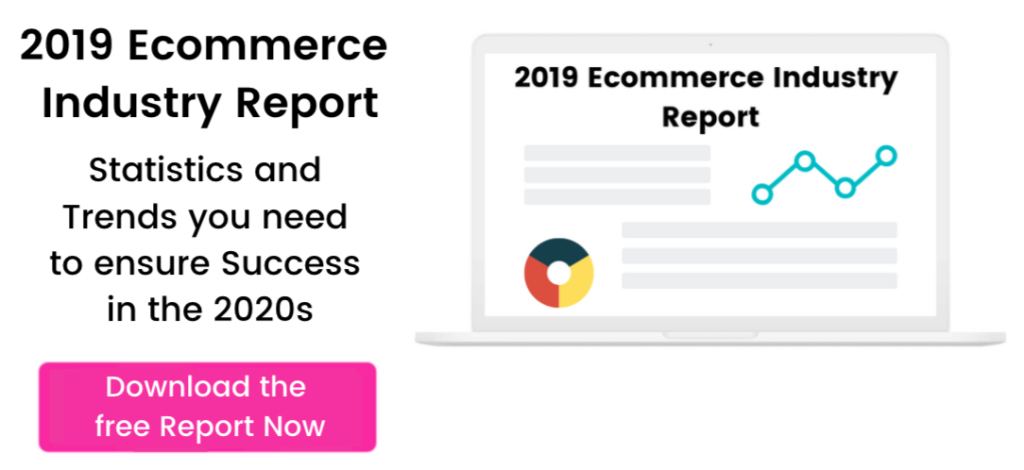
ShippyPro ist die komplette Versandsoftware für den Online- und Offline-Handel. Mit den Funktionen Label Creator, Track & Trace, Easy Return und Analytics vereinfacht unsere Software Ihre Versandvorgänge. ShippyPro lässt sich mit über 160 Kurierdiensten und 80 Vertriebskanälen integrieren und ist somit mit einer Vielzahl von Produkten und Anwendungsfällen kompatibel.
